Tbilvino Wine Cellar & Visitors Center
Location: Kvareli, Georgia
Project Year: 2022
Status: Ongoing, Competition Winner
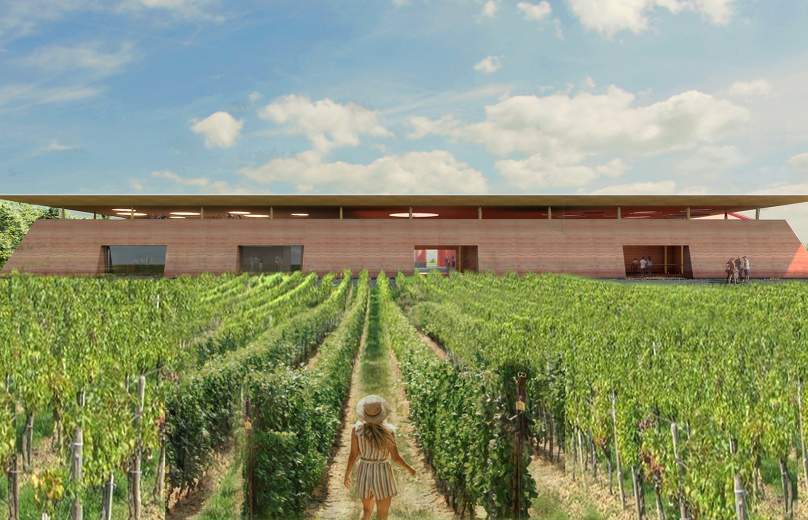
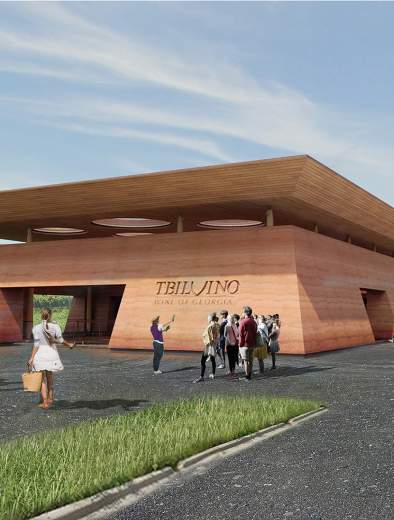
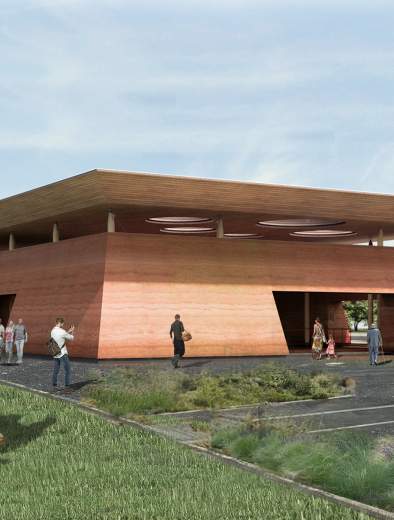

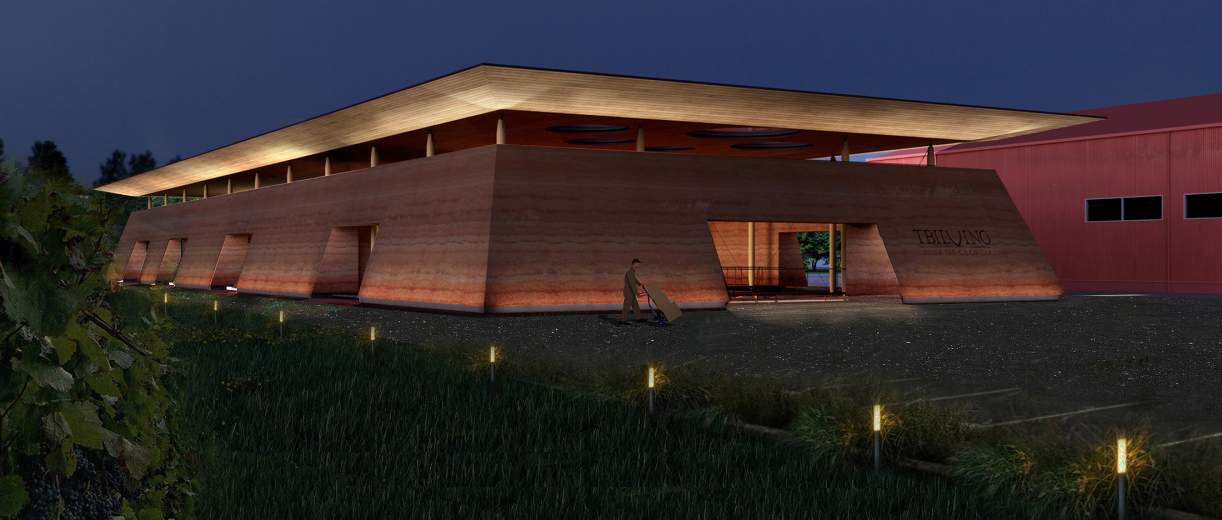
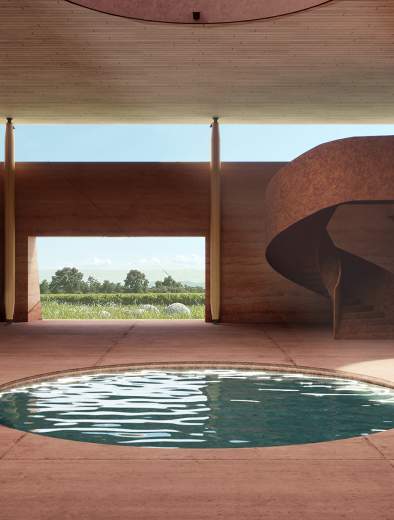
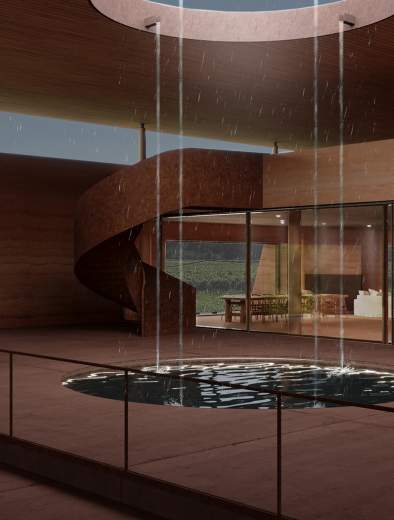
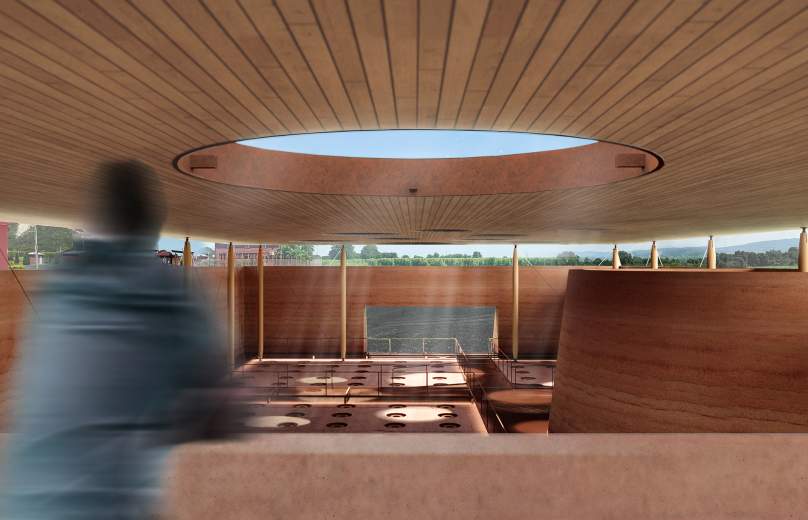
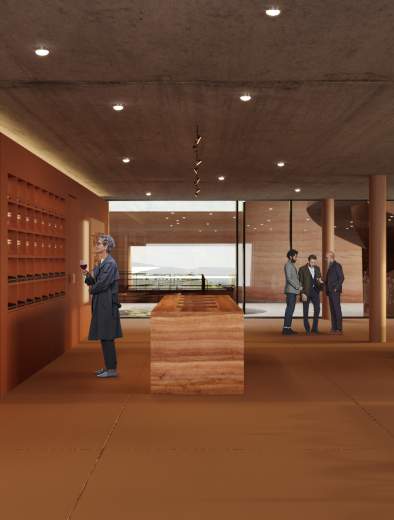
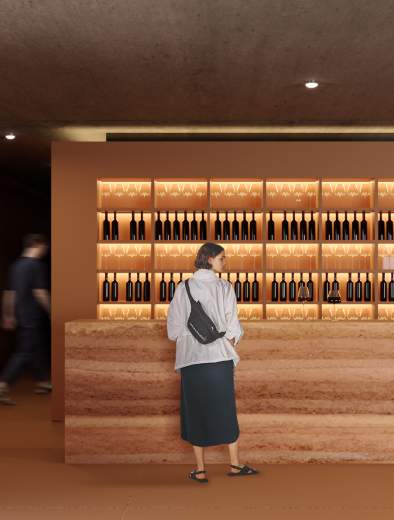
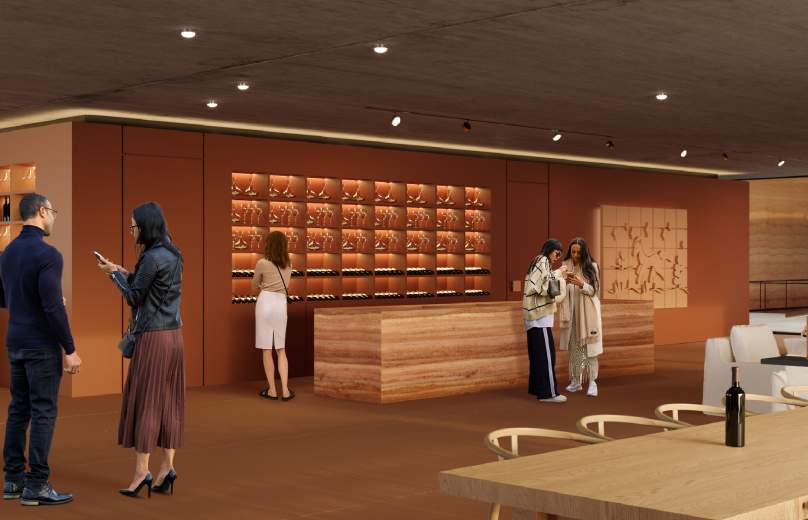
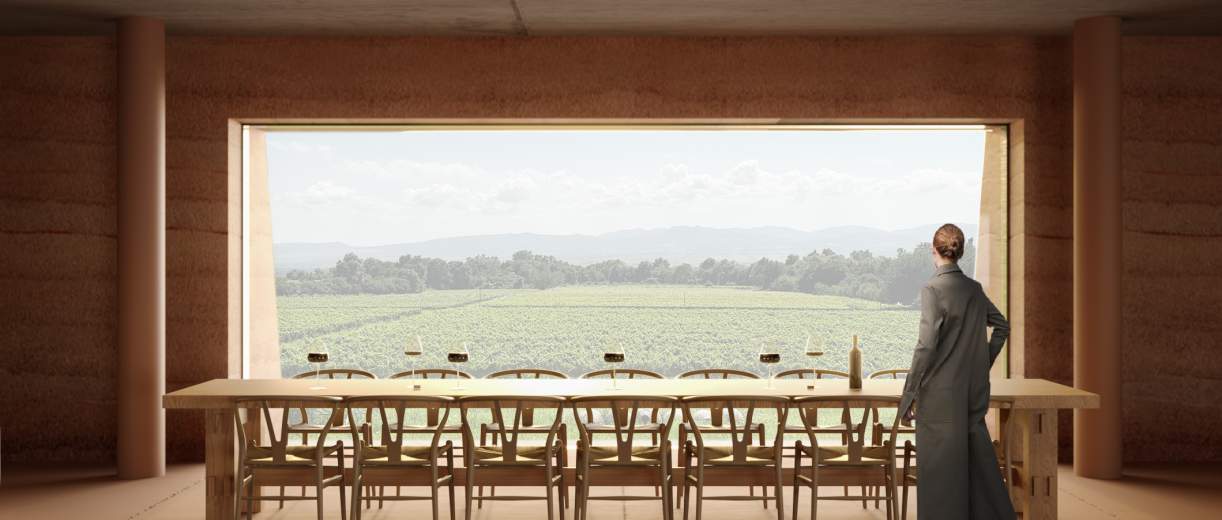
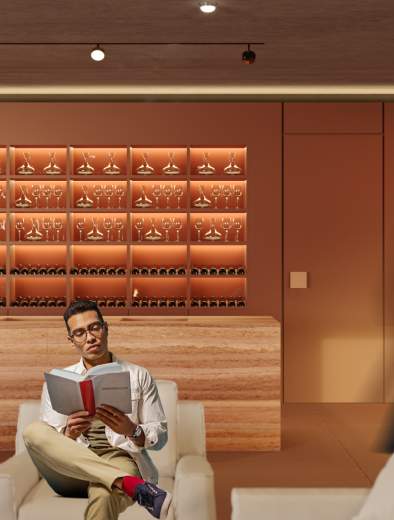
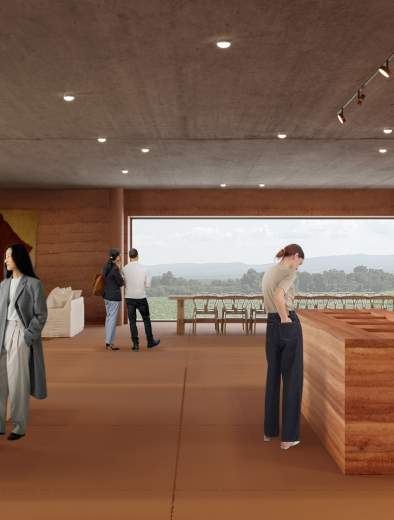
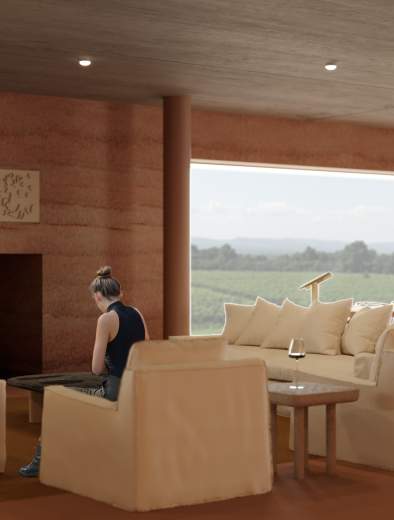
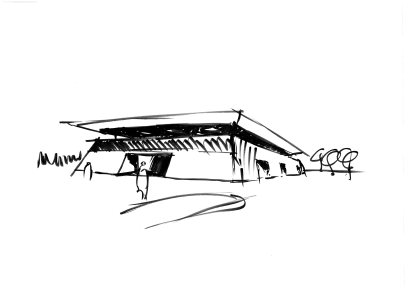
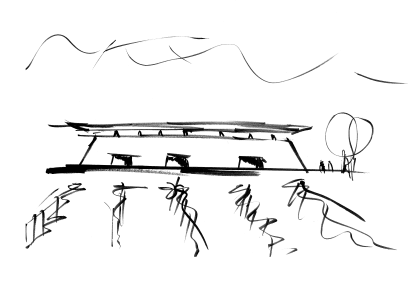
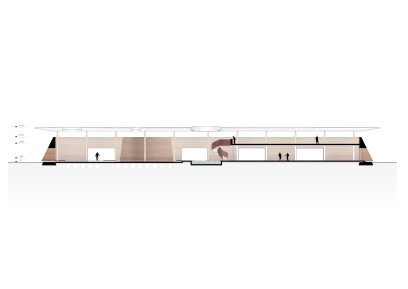
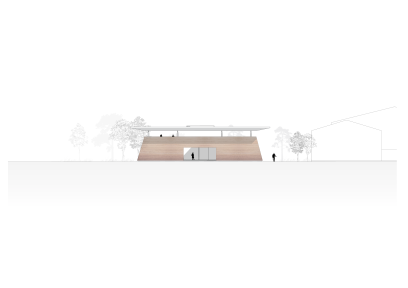
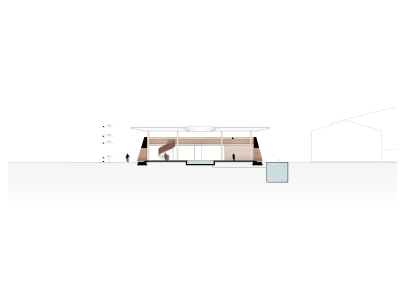
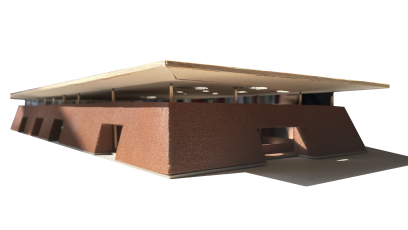
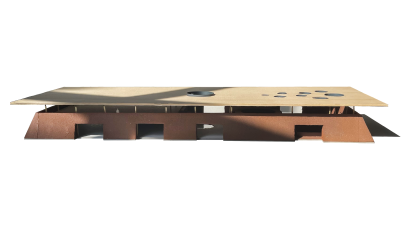
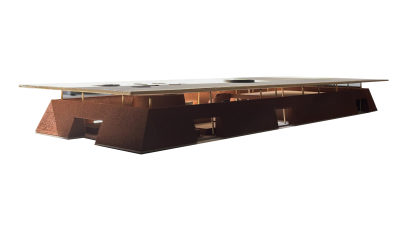








Client: Tbilvino
Program: Qvevri cellar and visitors center | 1670 sq.m
Team: Devi Kituashvili, Gogiko Sakvarelidze, Maria Pelangia, Natalia Nebieridze, Dachi Chezhia, Salome Katsadze, Mariam Gongladze, Teona Rekhviashvili, Lili Jokhadze
In its traditional and cultural essence, wine is closely intertwined with rituals and sacral experiences. Thus, tending to these sacral-religious meanings, wine cellars have always had a spiritual significance as a temple and wine house where wine is produced and stored. When architecture is fully adapted and revolves around sacred traditions and the philosophy of winemaking, the result is wondrous.
In its traditional and cultural essence, wine is closely intertwined with rituals and sacral experiences. Thus, tending to these sacral-religious meanings, wine cellars have always had a spiritual significance as a temple and wine house where wine is produced and stored. When architecture is fully adapted and revolves around sacred traditions and the philosophy of winemaking, the result is wondrous.
A building that serves the purpose of preserving and continuing the centuries-old traditions of wine-making with earthenware wine vessels is a symbolic metaphor for the entire cultural phenomenon.
The concept of the wine cellar was formed as a result of regional context analysis and intuitive knowledge. The architectural identity of the project embodies the local materials, vessels' location, and climatic conditions and is rooted in the traditional, sacralized essence of the wine cellar.
The project area is located in the Kakheti region, in the town of Kvareli, between Nekresi monastery and Ilia lake. The location largely determined the selection of construction materials.
The study of the vernacular architecture of the Kakheti region, the analysis of construction materials, and the examination of structural, functional, and typological features played a decisive role in the sustainability of the building. As a result, local, natural materials were chosen as the main building materials.
The main construction material of the building is rammed earth - a mix of local sand, clay, silt, and gravel. The application of local and renewable materials - readily available natural soil in the project area - has virtually zero negative impact on the environment and, due to its high density provides excellent thermal mass. The opportunity to create a soil mixture in the project area is another step forward in terms of eco-sustainability. All things considered, rammed earth architecture simplifies the construction process while producing little waste.
The predefined location of the vessels prompted a new circulation design, adding further value to the vessels and intensifying the sacral significance of the space. The large openings in the massive walls of the building, apart from being a source of natural light and air, symbolize openness and transparency.
Along with ventilation, the longitudinal opening between the roof and the heavy rammed-earth walls serves as a framework directing one's gaze towards the scenic views. The influx of light, sun rays, and natural showers via the circular cut-outs in the ceiling revives the overall spiritual mood.
The main functions of the building are concentrated in the northern part of the building, where one can find the reception, wine bar, fireplace, and tasting area. The circular pool in the center of the building collects rainwater, further reinforcing the meditative atmosphere.
The building has several entrances - the main entrance, the cellar, and the hall. The circular staircase in the transitional space leads to the terrace overlooking the vineyards and the Nekresi Monastery outwards, the cellar, and the rainwater pool inwards.
The penetrating structure and openings of the building ensure natural ventilation, while circular windows on the roof provide additional natural lighting. The Photovoltaic (PV) panels are mounted on the south area of the roof.
In its entirety, the principal goal was to create an open yet intimate place that harmonizes with the surrounding context. Developed sustainable architecture, with its subtle nuances and elements, is a symbolic manifestation that poetically reveals the purpose of the building, binds all functions, and strengthens the building's identity.